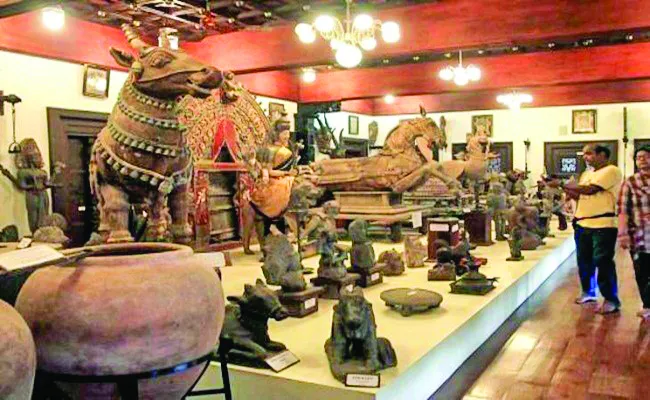Libya’s devastating storm, the deadliest environmental disaster in its history, resulted from years of conflict, crumbling infrastructure, and the absence of a climate strategy. Divided by rival administrations and plagued by militia conflicts since Gadhafi’s ousting in 2011, the city of Derna suffered the worst damage, with no warning system in place. These challenges hinder efficient aid delivery to those in need.
TWO GOVERNMENTS, TWO PRIME MINISTERS
Since 2014, Libya has been divided between two rival governments, one led by Prime Minister Abdul Hamid Dbeibah in Tripoli and the other by Ossama Hamad in Benghazi, backed by military commander Khalifa Haftar. Despite pledges to aid flood-affected areas, cooperation has been elusive. Efforts to unify the rival parliaments, including planned 2021 elections, failed. In 2020, there was an all-out war, with Haftar’s forces besieging Tripoli. Support from regional powers has deepened divisions, with Egypt, Russia, Jordan, and the UAE backing Haftar, while Turkey, Qatar, and Italy support the western administration. Logistical challenges and political strife hinder rescue operations.
GROWING UNREST AND DISCONTENT
Libya’s lawlessness persists with recent protests against the foreign minister, militia clashes in the capital, and the nation serving as a transit point for migrants. Human traffickers exploit the instability, smuggling migrants from multiple nations. Despite abundant oil reserves, production disruptions and revenue disputes have failed to benefit the population. These issues compound the country’s challenges.
TALE OF A NEGLECTED CITY
Derna, once known for its Italian-era charm, deteriorated into an Islamist extremist stronghold after Gaddafi’s downfall in 2011. It faced Egyptian airstrikes and a siege by Hiftar’s forces, eventually falling in 2019. Post-revolution, like other eastern cities, it lacked investment and reconstruction. Suspicion from Hiftar hindered local autonomy, with outsiders leading a reconstruction effort. This distrust could complicate recovery after the recent disaster, warns Jalel Harchaoui, an expert on Libya.













